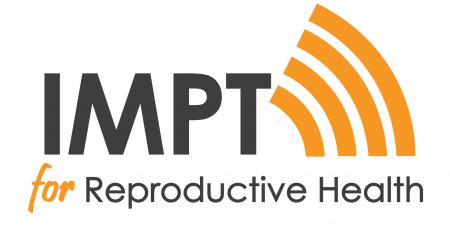From the pipeline. The road to female controlled prevention: The female condom as a currently available MPT
When the founders of the Female Health Company (FHC) began conceptualizing the female condom in 1996, they wanted to create a product that would impact society as well as benefit investors. Little did they know that it would be a long road to develop a market for the female condom.
To begin, the FDA had never heard of a female condom before. They were not completely sure how they wanted to classify it, and first considered it the same as a male condom; a type 2 device, which is a potential 2 years and 1-2 million USD process. But as it was such a new concept to the FDA, they decided that due to its internal insertion, the female condom would be classified as a type 3 device, which meant 6 years and 12 million USD before FDA approval was obtained. When the second generation of the female condom was introduced, FC2 made of nitrile, it took another 5 years to get FDA approval.
The registration road of the female condom further highlights the inequitable barriers faced by female-controlled products and women in general. The founders of FHC saw that women were particularly vulnerable to the HIV/AIDS epidemic of the 1980s and 1990s; moreover, the lack of power, status, and rights for women in many countries worldwide hindered their ability to take control of their own protection against HIV, other STIs, and unintended pregnancies. A product that put control in their hands, and offered a solution to multiple problems at once, was thought to surely create an impact. But it was ultimately a petition signed by over 20,000 women that enabled the FC1 to be first introduced on the continent of Africa, because women themselves immediately recognized that a female-controlled method could change their lives. And so, developed for women, brought to women by women, the FC1 and from 2007 onwards, the FC2, found its place first in Africa.
The Proof
While still a young product, and not without its challenges, the FC2 female condom has proven to be effective as an HIV prevention tool, an STI prevention tool, a contraceptive, and most importantly, combining all these together as an MPT. An evaluation of the South African National Female Condom Programme over the last two years shows that before introduction of the female condom, including FC2, the number of unprotected sex acts was at 43.3% at baseline, and at 12 months after introducing the female condom, this number went down to 8.4%!
The female condom also has had a larger social impact, whereby women feel empowered having a product that they control, better facilitating safe sex negotiation. For example, the same research study showed that 80% of women felt the female condom put them in charge. Further, in their job market paper, Rachel Cassidy (IFS), Marije Groot-Bruinderink, and Wendy Janssens (AIGHD) show that low female bargaining power appears to be a significant driver of low use of male condoms, and that female condoms can offer a partial solution. Using a randomized control trial in Mozambique, these authors find that women with low bargaining power and those who are having unprotected sex are able to convince their partners to use female condoms, which men find more pleasurable and less stigmatizing than male condoms. Moreover, we also know that this product is acceptable to women. For example, the latest acceptability research from Uruguay, by UNFPA and the MOH Uruguay shows that 87% of women say they think the FC2 female condom is very good, and 84% would use it again.
The FC2 female condom is also cost effective. The business case for female condoms shows a government’s return on investment. In Nigeria, for example, it was found that for every 1 USD invested in the female condom, yields a return of 3.20 USD – three times as much! The stipulated annual supply a woman needs per year is 120 female condoms, which would cost about 60 USD per year per woman. Only 60 USD to provide protection from HIV/AIDS, STIs, unplanned pregnancies, and to empower a woman in her daily life.
The way forward
The evidence shows that the female condom is a well-functioning MPT with a substantial societal, financial, and health impact. Studies have shown that it is in high demand and well-accepted. It is not, however, widely available to everyone who wants it. The market for female condoms is still very underdeveloped, with more investment needed in training and advertising to enhance knowledge of the product. Currently, the global female condom market is not even at 1% of the global male condom market. In addition, the funding climate experienced by the two major female condom donors, UNFPA and USAID, leaves the future uncertain. It is crucial that civil society, donors, and governments give the female condom – the only existing female-controlled MPT – a chance based on the evidence and ensure its continued support.
This post was written as part of our ongoing series, “From the Pipeline,” featuring MPT product developers.
